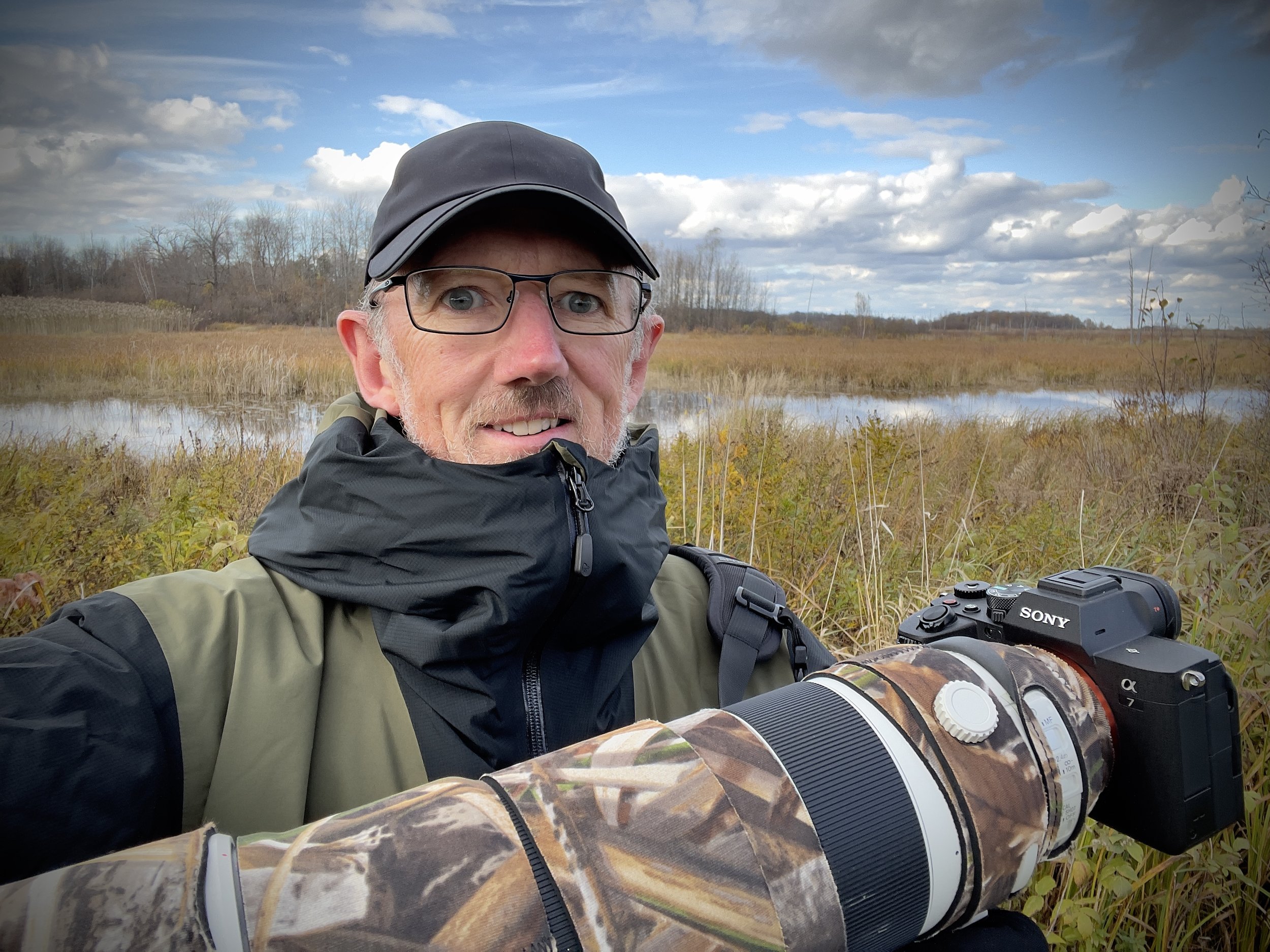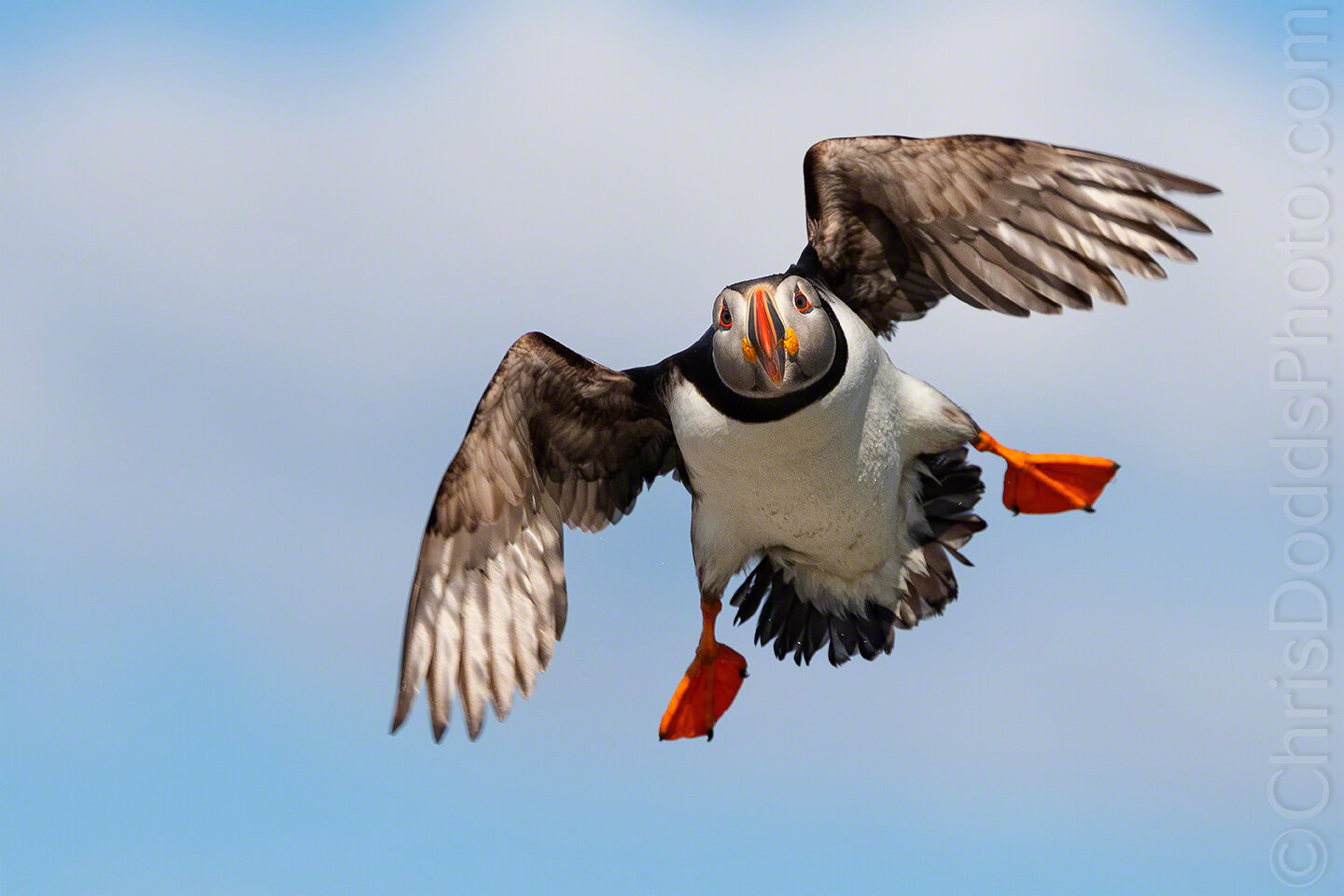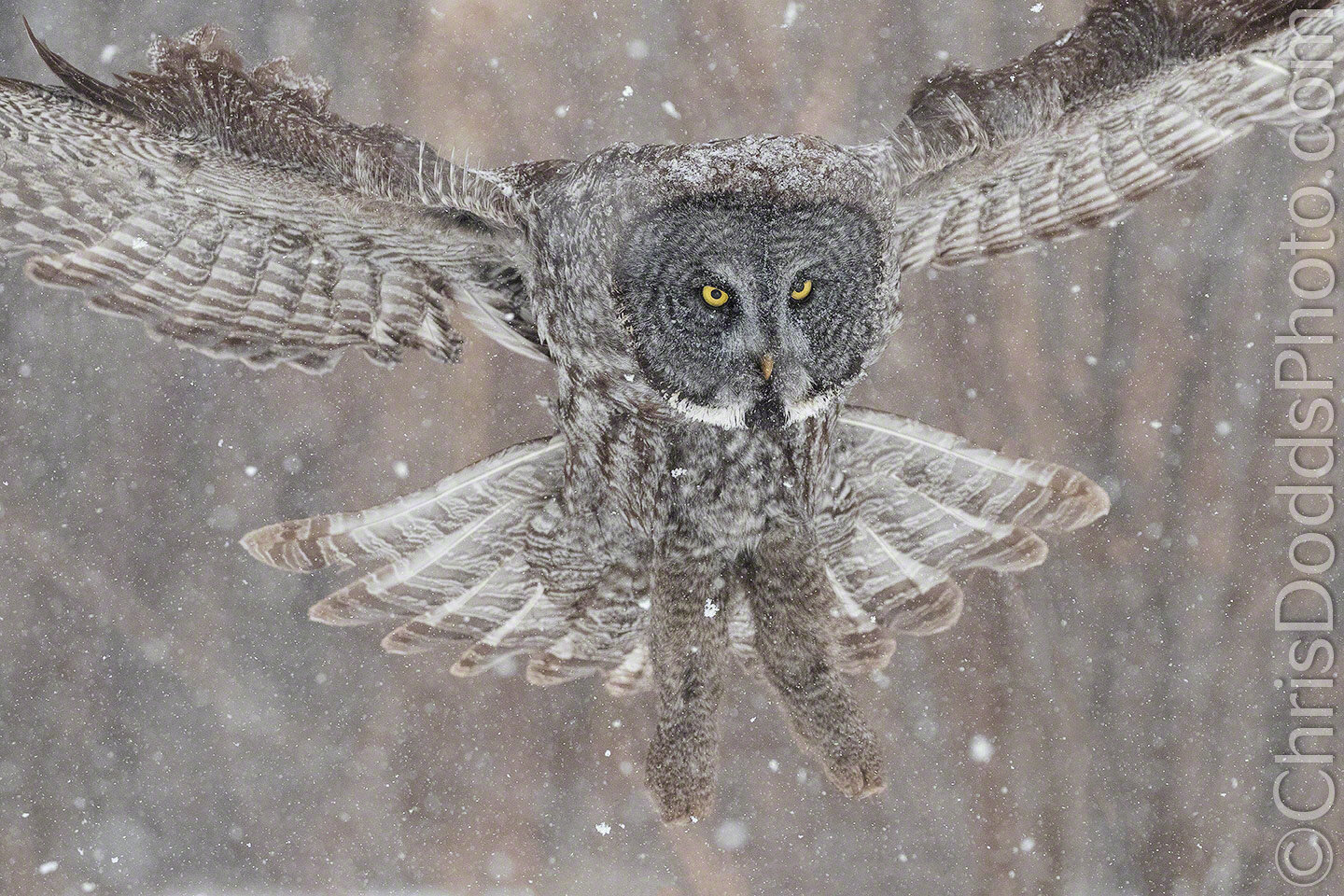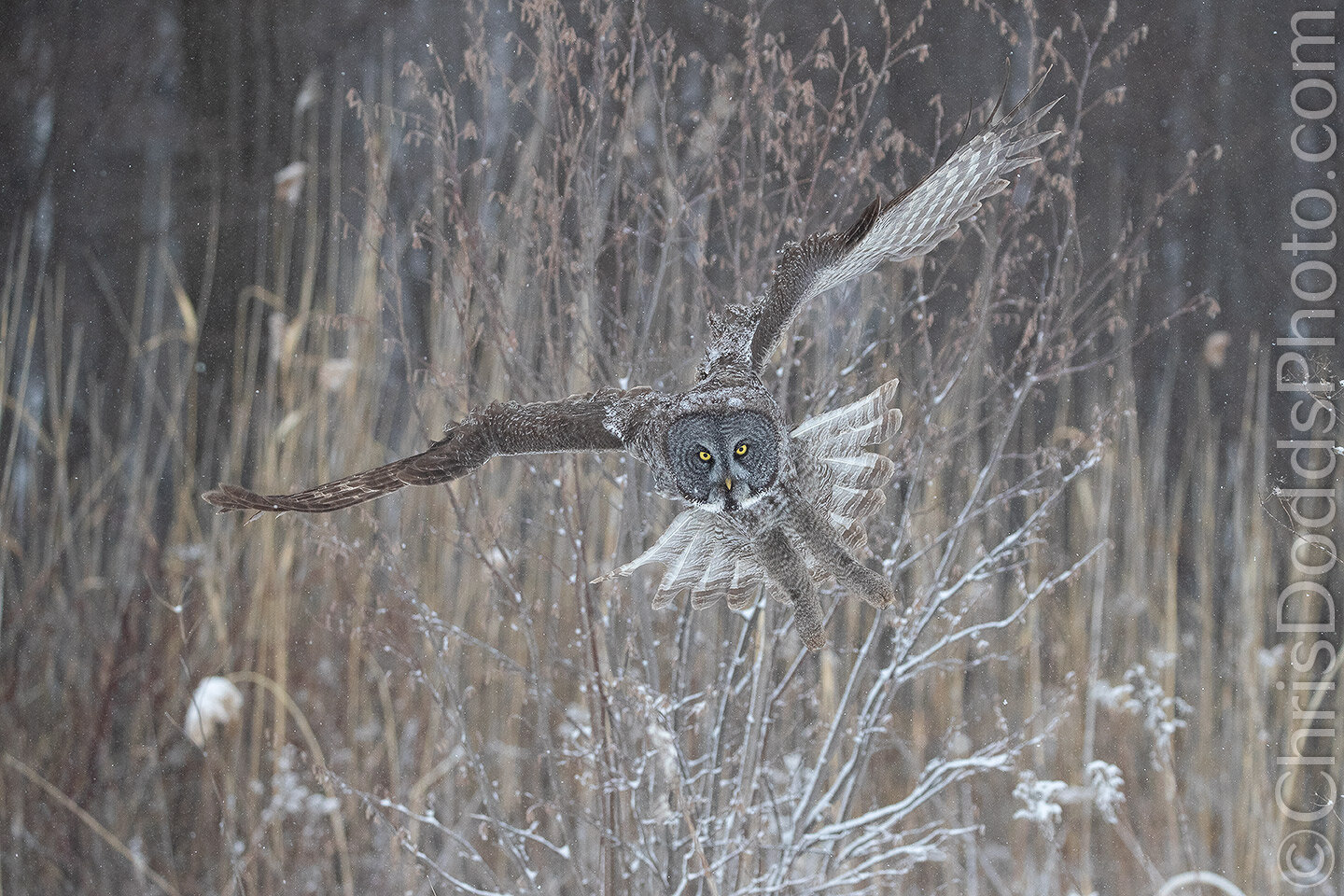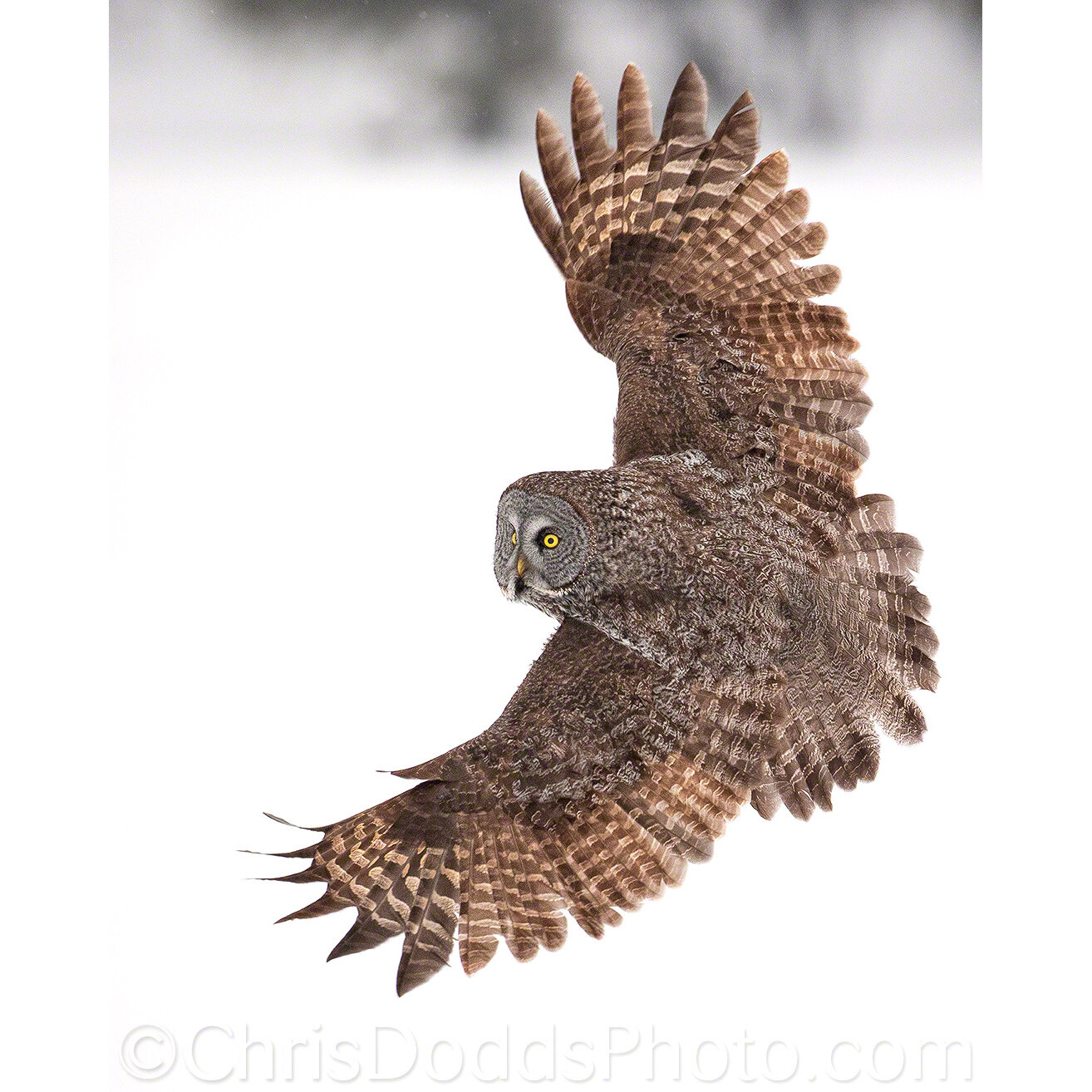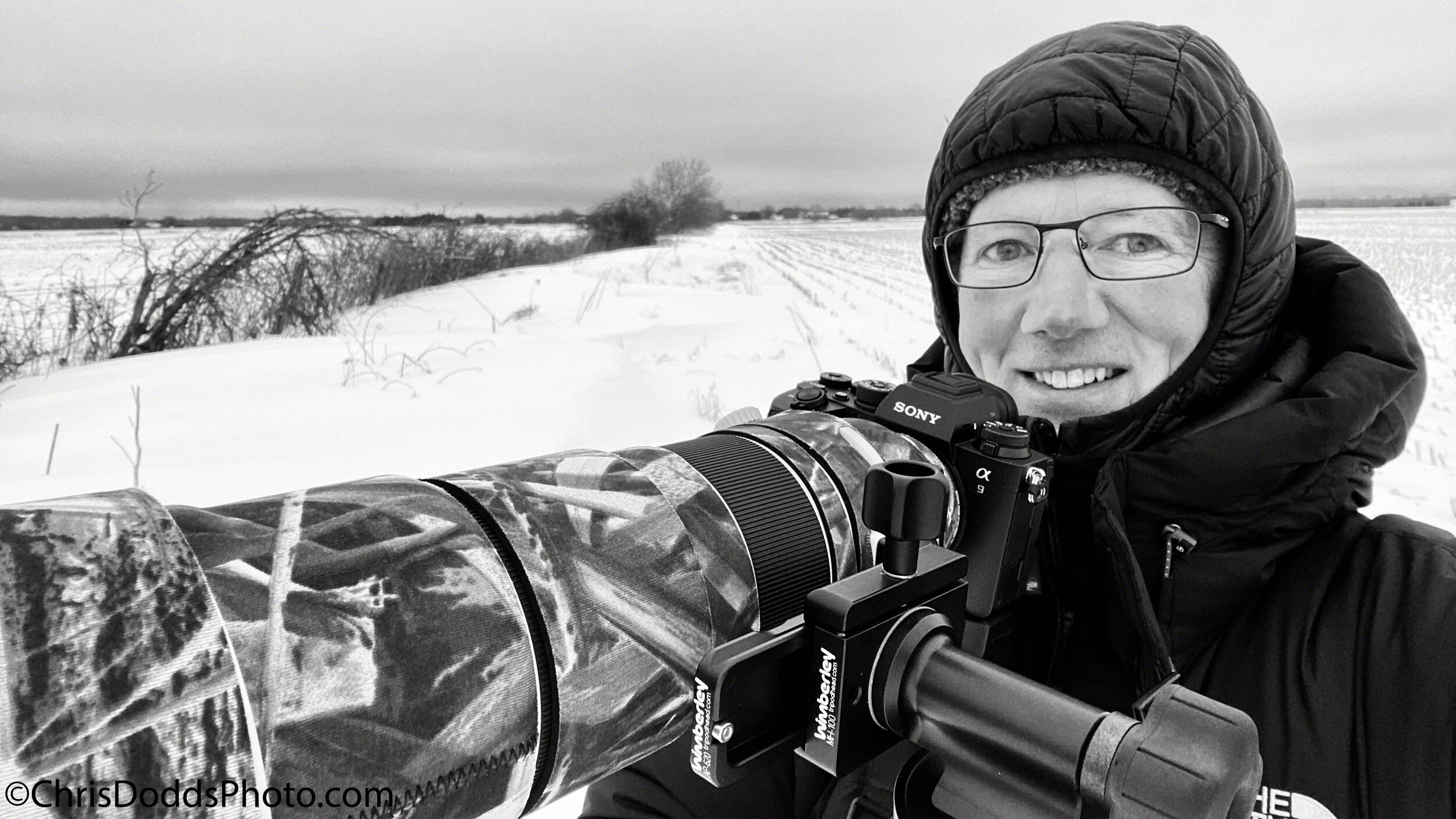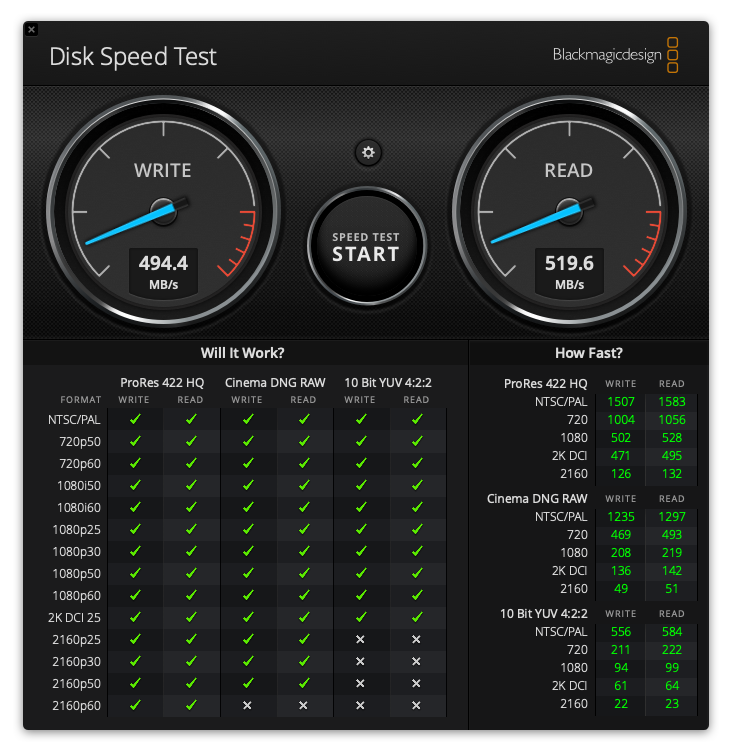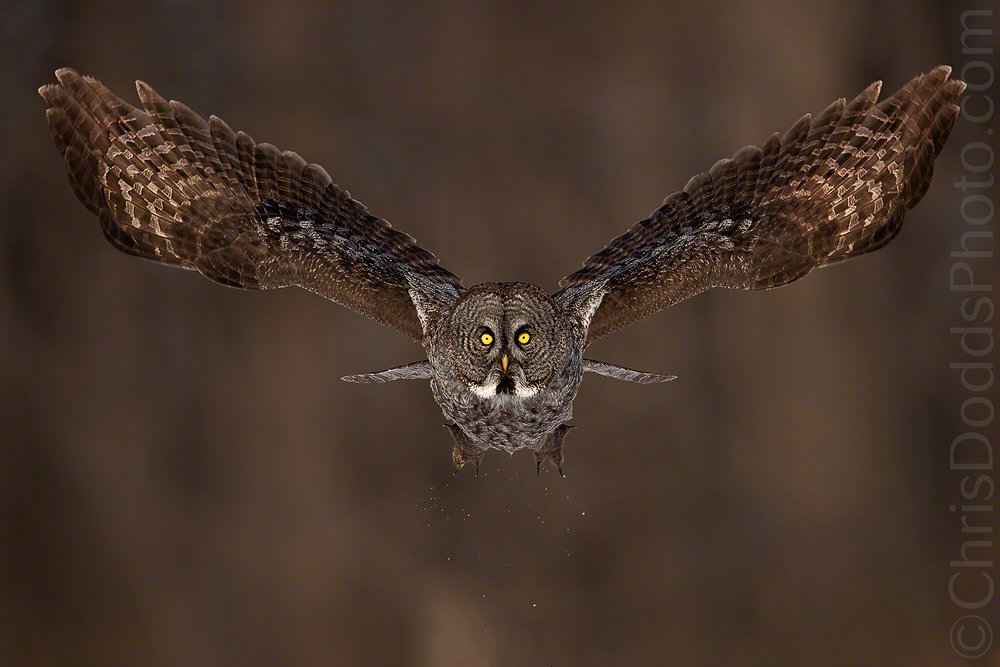Sony 400-800mm: A Bird Photographer's Perspective
Canadian Nature Photographer Christopher Dodds with the new Sony FE 400–800 mm F6.3–8 G OSS zoom lens and the Sony a9 Mark III mirrorless camera. April, 2025.
Pursuing stunning images of birds has long driven photographers to seek lenses with ever-increasing focal lengths. This demand arises from the inherent challenges of photographing often small, distant, and rapidly moving subjects in their natural habitats. The recent introduction of the Sony FE 400-800mm f/6.3-8 G OSS lens has generated considerable excitement within the bird photography community, as it represents Sony's longest telephoto zoom lens to date. This lens promises unprecedented reach for Sony E-mount users, leading to the central question: does the Sony 400-800mm truly live up to the hype and deserve the coveted title of a "Holy Grail" lens for bird photographers? All of the other reviews I have seen (and there are many now) show examples of slow and big wading birds that most cameras today don’t find challenging, so I set out in search of unpredictable, fast-moving and difficult-to-track birds on a low contrast, cloudy and dark overcast day to truly put the lens (and camera) to the test!
Horned Lark in Flight (Eremophila alpestris, Alouette hausse-col, Alondra cornuda,HOLA). Lake Saint-François National Wildlife Area, Dundee, Quebec, Canada, while testing the new Sony 400-800mm zoom lens. Image Copyright ©Christopher Dodds. Sony a9 III Mirrorless camera & Sony FE 400-800mm f/6.3-8 G OSS Lens @800mm ISO 3,200, f/8 @ 1/5,000s Manual exposure.
For bird photographers, particularly those obsessed with capturing birds-in-flight, the Sony FE 400–800 mm F6.3–8 G OSS is a game-changer. Its unparalleled reach in a zoom lens format is its most compelling feature. Finally, we have a lens that bridges the gap, offering more reach than the 200-600mm without sacrificing the versatility of a zoom.
The autofocus, driven by dual linear motors, is exceptional. It locks onto subjects with remarkable speed and accuracy, crucial for tracking erratic flight patterns. This lens, paired with the rapid burst capabilities of modern Sony bodies (120fps with Sony a9 III), delivers a high keeper rate, even with challenging subjects.
Image quality is superb throughout the zoom range. Sharpness and detail rendition are excellent and essential for capturing the intricate details of plumage. While an ever-so-slight softness is noticeable (to me) at 800mm, it isn't very evident in most practical applications.
Handling is surprisingly good for such a long lens. The internal zoom maintains balance, making handheld shooting manageable for extended periods for those who can manage the weight. The smooth zoom ring allows quick adjustments, which is vital for reacting to dynamic situations. While I will be replacing my 200-600 with the 400-800 (2475g / 5.5 lbs), my wife (Julie) finds it too heavy to hand-hold for long and much prefers the lighter 200-600 (2115g / 4.7 lbs).
The f/6.3-8 aperture is a trade-off, demanding careful consideration of light conditions. However, the extended reach, autofocus performance, and high ISO capabilities of Sony’s latest cameras outweigh this limitation. The lens's compatibility with teleconverters pushes its reach further, though the 1.4x is the sweet spot for maintaining image quality. I don’t expect to use this lens with my 2X teleconverter, but my limited testing does show the sharpness falling off at the longer focal length of 1,600mm, which starts to stress even the best auto-focus systems.
Compared to the 200-600mm, the 400-800mm offers significantly more reach and arguably superior autofocus. While the 200-600mm is versatile, the 400-800mm is a specialist tool tailored for those prioritizing maximum reach.
American Tree Sparrows (Spizelloides arborea, Bruant hudsonien, Suirirí piquirrojo, ATSP) Quebec, Canada, March 29, 2025, while testing the new Sony 400-800mm zoom lens. Image Copyright ©Christopher Dodds. Sony a9 III Mirrorless camera & Sony FE 400-800mm f/6.3-8 G OSS Lens @800mm ISO 2,500, f/8 @ 1/5,000s Manual exposure.
In conclusion, the Sony 400-800mm truly shines for birds in flight (BIF) photography. Its rapid zoom and exceptional reach allow for seamless tracking and capturing of dynamic avian subjects. The ability to quickly adjust framing is critical when following unpredictable bird movements, making this lens an indispensable tool for wildlife enthusiasts. While tele-extenders expand the lens's reach, it's important to note a slight decrease in image sharpness, especially at the maximum magnification. To counteract this and freeze any camera shake, a high enough shutter speed is paramount: somewhat challenging at its maximum aperture of F/11 with the 1.4X or F/16 with the 2X. Additionally, the extreme reach of this lens magnifies the effects of heat shimmer, which can significantly impact image clarity. Therefore, carefully considering atmospheric conditions is essential when shooting at longer focal lengths. The slight autofocus slowdown with teleconverters is a reasonable trade-off for the extended reach and doesn't detract from the lens's overall excellence. Despite these minor considerations, the lens's overall performance for BIF photography is outstanding, offering a level of versatility and reach that is difficult to match.
While the "Holy Grail" moniker is subjective, the Sony 400-800mm is undeniably a top-tier lens for bird photography. Its combination of reach, autofocus, and image quality elevates it above the competition, making it a worthy investment for serious bird photographers.
Common Raven Firesky Silhouette (Corvus corax, Grand corbeau, CORA). Quebec, Canada, while testing the new Sony 400-800mm zoom lens. Image Copyright ©Christopher Dodds. Sony a9 III Mirrorless camera & Sony FE 400-800mm f/6.3-8 G OSS Lens @800mm ISO 3,200, f/8 @ 1/5,000s Manual exposure.
ANNOUNCING: Songbirds of Pelee Photo Walk a Christopher Dodds and Sony Canada Free Event
May 5 and 6, 2025: A free event sponsored by Sony of Canada
Experience Peak Spring Migration at Point Pelee with Christopher Dodds
Join a fully licensed, exclusive photo walk in Point Pelee National Park, led by renowned photographer Christopher Dodds. Capture the magic of spring migration during its statistically prime time when vibrant warblers descend in spectacular "fallouts."
Optimal Timing: Witness the legendary warbler migration at its absolute peak.
Expert Guidance: In-the-field instruction from Christopher Dodds, boasting 40+ years of experience as a highly respected photographer, photo tour leader, educator and public speaker.
Technical support: Sony’s Patrick Chan will join to provide in-depth technical assistance for Sony Cameras.
Free Sony Loaner Gear: The latest and greatest Sony professional cameras and lenses will be available for free trials.
Flexible Gear: You can achieve stunning results with lenses from 400mm; super-telephoto lenses are not mandatory.
All Skill Levels Welcome: Learn and grow at your own pace, with a supportive and inclusive atmosphere.
All Brands Welcome: Everyone is welcome.
Point Pelee Mastery: Benefit from Christopher's profound knowledge of Point Pelee National Park, honed over decades of capturing its natural beauty.
Win a Prize: Sony is giving away one pair of Sony WH-CH720N Wireless Noise Cancelling Headphones ($249.99) each day. Available in person at the event only!
Free Sony Swag: Sony is giving away some fine swag. Available in person at the event only!
Space is limited, so act quickly!
Kentucky warbler (Geothlypis formosa, Paruline du Kentucky, KEWA) from my SONGBIRDS OF PELEE WORKSHOP at Point Pelee National Park of Canada in Leamington, Ontario, Canada ©Christopher Dodds All Rights Reserved. Sony Alpha a1 Mirrorless camera & Sony FE 600mm f/4 G Master OSS Lens with Sony FE 2X Teleconverter @1,200mm. ISO 8,000, f/8 @ 1/4,000s Manual exposure.






